The Best Insulated Garage Doors for Cold Climates in 2025: An Expert Guide
Table of Contents
Hello, I’m Alex from GarageDoorGrade.com. To begin with, did you know that your garage door can be responsible for up to 20% of your home’s total heat loss? In colder climates, for instance, an uninsulated garage door acts like a giant thermal hole, costing you serious money on heating bills and making adjacent rooms uncomfortably cold. With so many options on the market, it’s easy to feel overwhelmed.
Therefore, my mission is to cut through the noise. This guide will provide you with the unbiased, detailed information you need to understand what is the best insulated garage door for your home, how to identify quality, and what factors are critical beyond just the R-value. In short, we’ll introduce the GarageGrade™ Score, our proprietary metric for evaluating overall door performance.

The Cold Reality: Why Insulation is Non-Negotiable for Cold Weather
For homeowners in regions experiencing prolonged periods below freezing, an insulated garage door isn’t just a luxury; it’s a necessity. The garage often shares walls with the house, and without proper insulation, that large door becomes a massive conductor of cold.
Indeed, the benefits of installing one of the best insulated garage doors extend far beyond mere temperature regulation:
- Energy Savings: Firstly, by reducing heat loss, a well-insulated door significantly lowers your energy bills.
- Increased Comfort: Secondly, your garage space becomes more usable year-round, and adjacent rooms benefit from more stable temperatures.
- Noise Reduction: In addition, the mass added by insulation helps dampen external and internal noise.
- Durability: Lastly, insulated doors often have a stronger sandwich-panel construction, leading to a longer lifespan. This makes them the best garage door insulation for cold weather.
Decoding R-Value: Your Key to Effective Insulation for the Most Insulated Garage Door
When discussing garage door insulation, the term you’ll hear most often is «R-value.» But what does it really mean? Simply put, R-value is a measure of thermal resistance—the higher the R-value, the better a material is at resisting the flow of heat. For a deeper scientific explanation, you can refer to the Wikipedia article on R-value. For cold climates, consequently, you want a high R-value.
It’s crucial to understand that while R-value is not linear in its perception, it is a direct measure of thermal resistance. For example, upgrading from R-4 to R-8 provides a noticeable improvement, while jumping to R-16 or higher offers substantial resistance for truly frigid environments.
Ultimately, the adequate R-value depends on your climate zone. In moderate climates, an R-value of 6-8 might suffice. However, for severe cold climates, you should realistically target R-values of R-12 to R-18 or even higher. Always look for an independently tested R-value, and remember that quality installation also plays a significant role in overall thermal performance, determining what truly is the most insulated garage door for your needs.
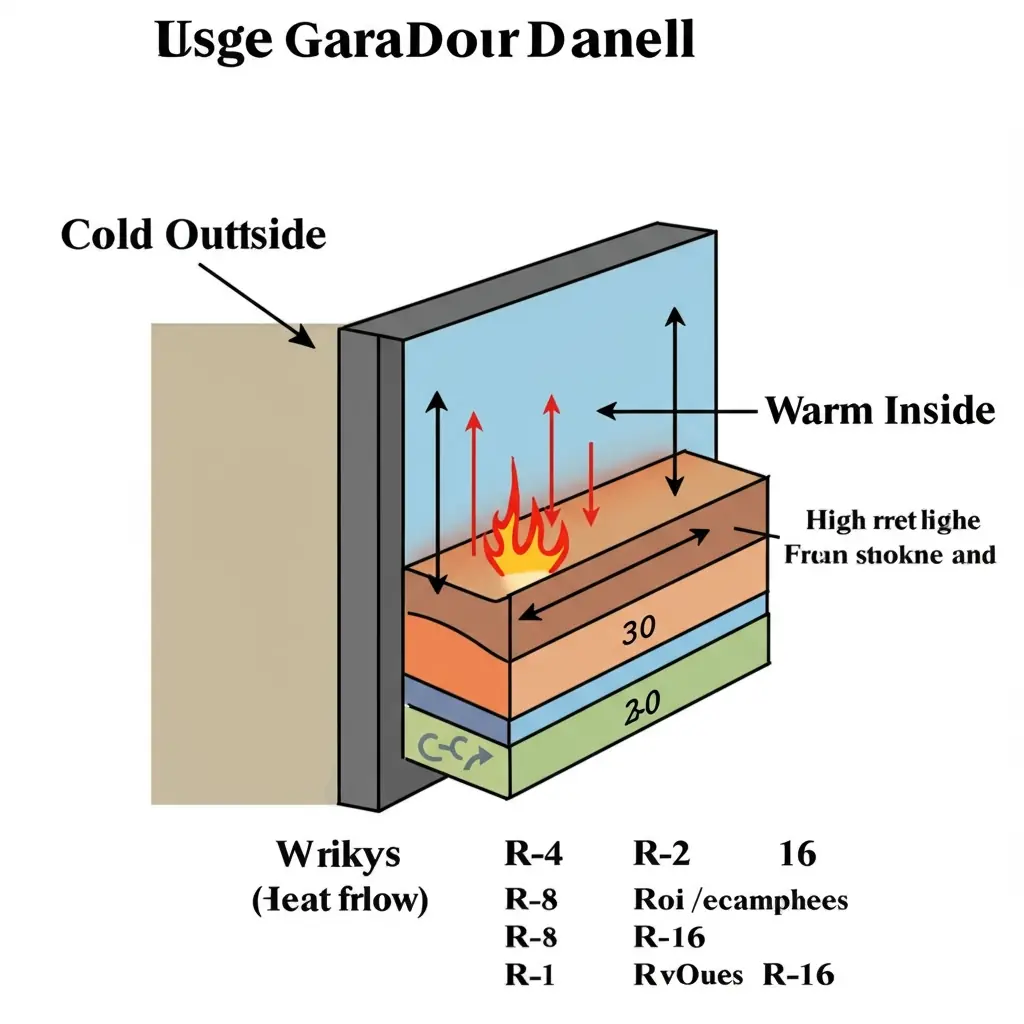
Construction Materials: The Core of an Insulated Door
While R-value quantifies insulation’s effectiveness, the door’s overall construction and materials are equally critical. Most insulated garage doors today utilize steel for its strength and low maintenance, typically in a «sandwich» construction: an interior steel skin, an insulation layer, and an exterior steel skin. Additionally, some of the best insulated garage doors feature a thermal break—a non-conductive material separating the steel skins to prevent heat transfer, which significantly improves performance.
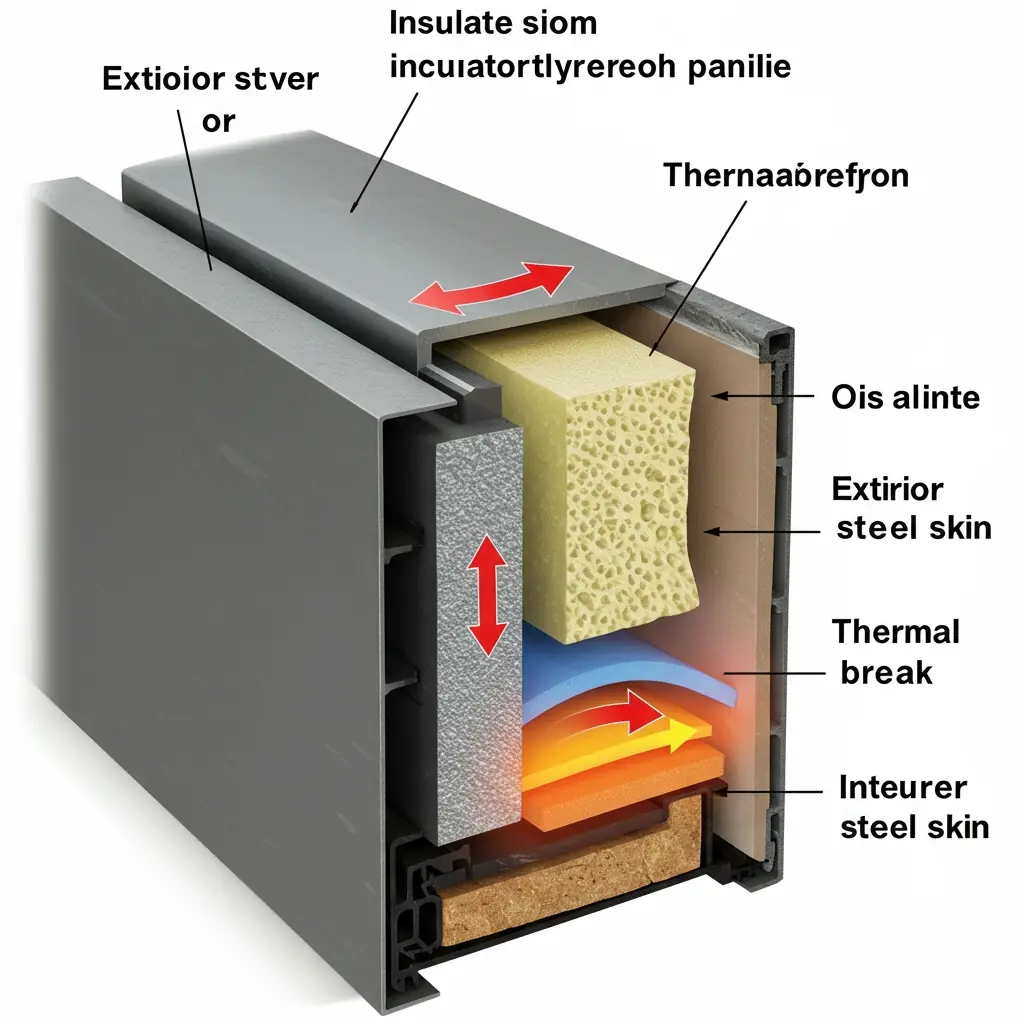
Insulation Types: Polystyrene vs. Polyurethane for Top-Tier Insulation
The two most common insulation materials are Expanded Polystyrene (EPS) and Polyurethane. Understanding the difference is vital for selecting the best insulated garage doors.
Expanded Polystyrene (EPS): This is rigid foam board insulation. It’s less expensive and lightweight; however, its R-value per inch is lower (typically R-3 to R-4). Doors with EPS usually achieve R-values in the R-6 to R-13 range. The primary drawback is that it doesn’t add significant structural strength.
Polyurethane: In contrast, this is a liquid foam that is injected into the door cavity and expands to fill the space completely. As it cures, it bonds to the steel skins, creating a much stronger composite structure. Furthermore, Polyurethane offers a higher R-value per inch (typically R-6 to R-7). This means it can achieve high R-values (R-16 to R-18+) even in standard thickness doors. For truly cold climates, polyurethane is generally the superior choice, often found in the most insulated garage door models.

The Importance of Seals and Hardware for Insulated Doors
Even a door panel with a fantastic R-value will perform poorly if cold air can leak around the edges. Therefore, effective seals and weatherstripping are paramount.
- Bottom Seal: Firstly, a flexible, durable seal along the bottom edge is critical for sealing against an uneven garage floor.
- Perimeter Seals: Secondly, weatherstripping along the top and sides of the door frame compresses against the door to seal the gap.
- Section Seals: Thirdly, seals placed between each horizontal panel prevent air leakage between sections.
While hardware doesn’t directly contribute to R-value, robust hinges, rollers, and tracks ensure the door closes smoothly and that the seals compress correctly.
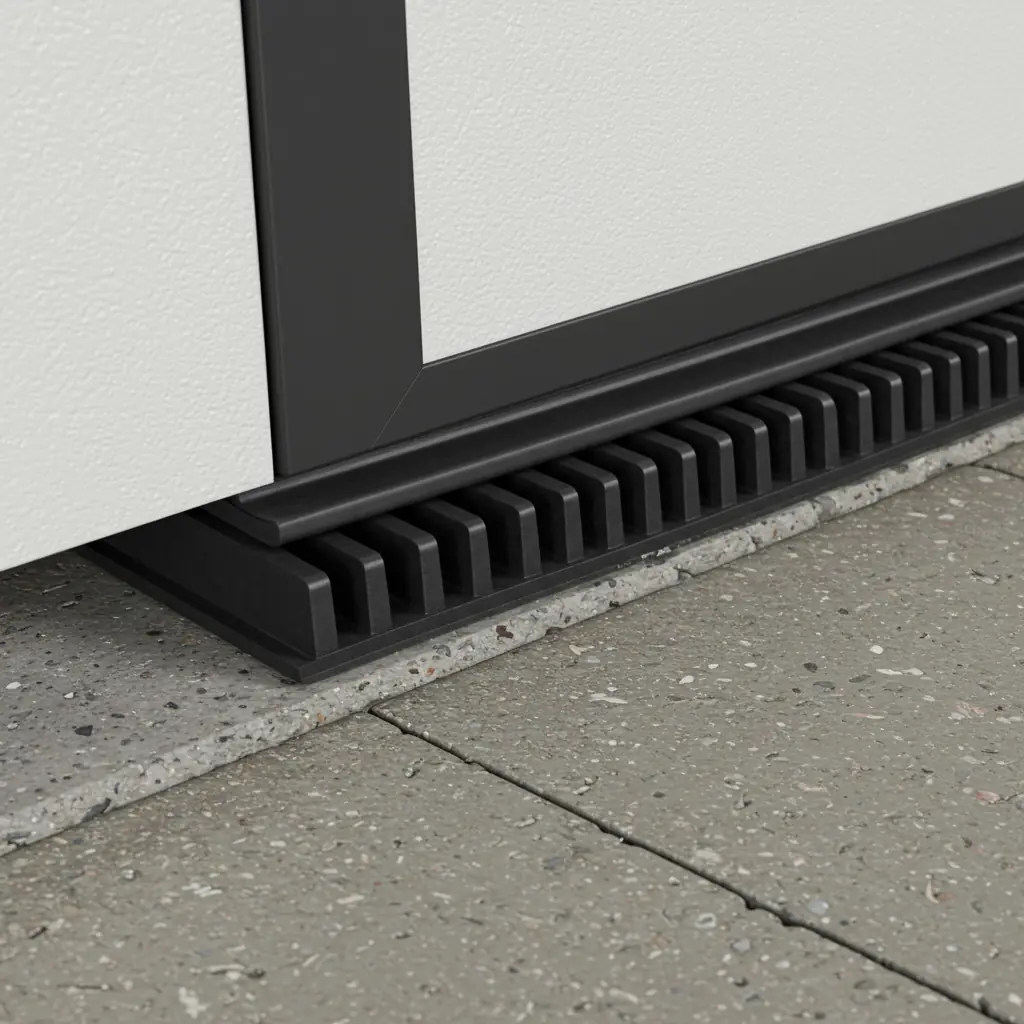
Grading the Best: Top Insulated Garage Doors for 2025
Evaluating the best insulated garage doors requires looking at a confluence of factors. At GarageDoorGrade.com, we synthesize these factors into our GarageGrade™ Score to give you a clear picture of a door’s performance.
Based on our analysis, here’s a look at representative types found in the models we consider among the best insulated garage doors available today:
| Model Type (Representative) | Key Feature | GarageGrade™ Score | Pros | Cons | Estimated Price | |
|---|---|---|---|---|---|---|
| High-R Polyurethane Steel Door | ~R-18 Polyurethane, Thermal Break | 9.2/10 | Excellent thermal performance, high durability, noise reduction. | Higher upfront cost, heavier weight. | $$$$ | |
| Mid-Range Polyurethane Steel Door | ~R-12 to R-14 Polyurethane | 8.5/10 | Solid thermal performance, good balance of cost and performance. | May lack premium features like thermal breaks. | $$$ | |
| High R-Value EPS Steel Door | ~R-10 to R-13 EPS Insulation | 7.8/10 | More affordable, noticeable insulation improvement, lighter weight. | Lower R-value per inch, less structural strength. | $$ |
The Critical Role of Professional Installation for Your Insulated Garage Door
You can purchase the absolute best insulated garage door, but without correct installation, you won’t achieve the intended performance or safety. Garage door installation is complex and involves working with heavy panels and components under tremendous spring tension.
Specifically, proper installation ensures:
- Correct Seal Compression: The door panels align perfectly so that all seals make full, consistent contact.
- Balanced Spring System: The springs are correctly sized and tensioned for the door’s weight, preventing stress on the opener.
- Smooth Operation: Correctly installed tracks and rollers ensure smooth, quiet operation.
- Safety Feature Checks: A professional verifies that all safety mechanisms are functioning correctly.
Given the complexity and inherent dangers, I strongly recommend professional installation for any new garage door, especially heavy insulated models. For more detailed insights, you can read our comprehensive Garage Door Installation Guide.
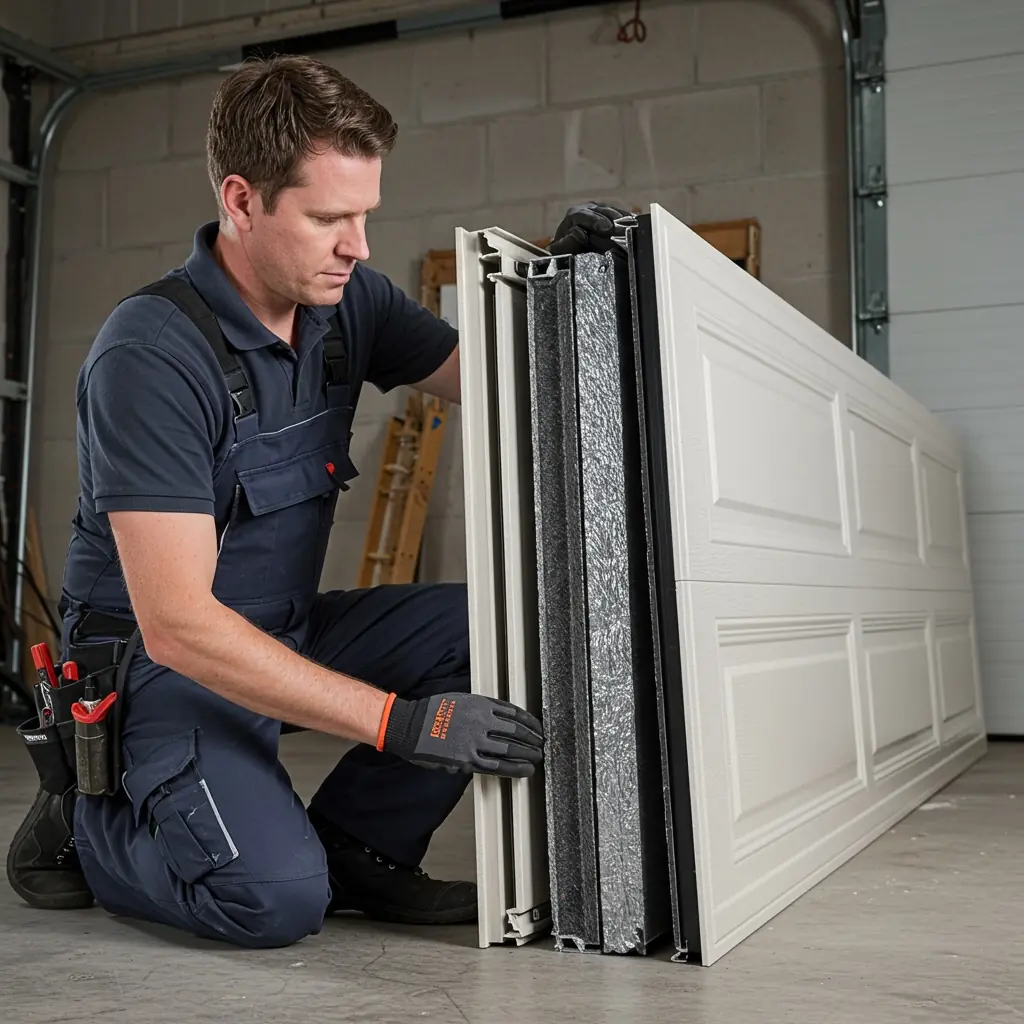
Maintenance and Financial Considerations for Your Best Insulated Garage Door
Investing in one of the best insulated garage doors is a long-term decision. Consequently, proper maintenance is essential to ensure its longevity and performance.
Regular Maintenance Checklist
- ☐ Visual Inspection (Monthly): Look for wear and tear on rollers, hinges, tracks, and cables.
- ☐ Lubrication (Every 3-6 Months): Lubricate moving metal parts with a silicone-based lubricant.
- ☐ Balance Test (Annually): Disconnect the opener and manually lift the door halfway. It should stay put.
- ☐ Opener Safety Reversal Test (Monthly): Test both the mechanical and photo-eye safety reversal systems.
Regular maintenance not only extends the life of your door but also ensures the seals continue to perform effectively.
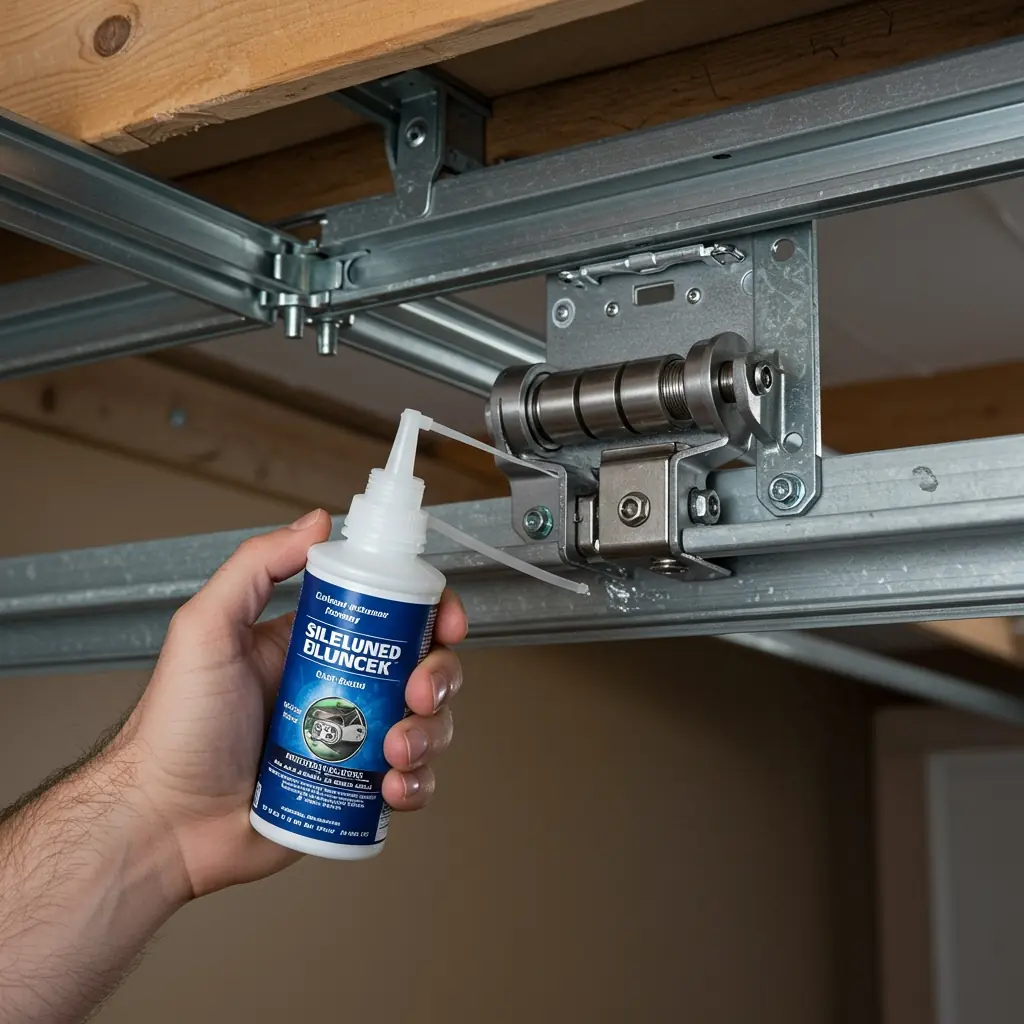
Cost and Return on Investment (ROI)
Understandably, homeowners want to know the cost. Insulated doors are more expensive upfront than uninsulated doors. However, focusing solely on this cost misses the significant ROI. The primary financial benefit comes from energy savings on heating bills year after year. Furthermore, upgrading to an attractive, insulated garage door is a popular home improvement project that offers one of the highest returns on investment at resale because it enhances curb appeal.
Conclusion: Choosing the Best Insulated Garage Door for Optimal Performance
In conclusion, selecting the best insulated garage door for your cold climate home involves careful consideration of R-value, insulation type, construction quality, and effective sealing. Remember that proper installation is just as critical as the door itself for achieving maximum thermal efficiency and safety.
At GarageDoorGrade.com, we stand by our commitment to providing you with unbiased, expert analysis. By prioritizing safety, understanding the technical details, and considering long-term value, you can confidently select an insulated garage door that will enhance your home’s comfort, energy efficiency, and security for years to come. This ensures you have the most insulated garage door possible, providing the best garage door insulation for cold weather.